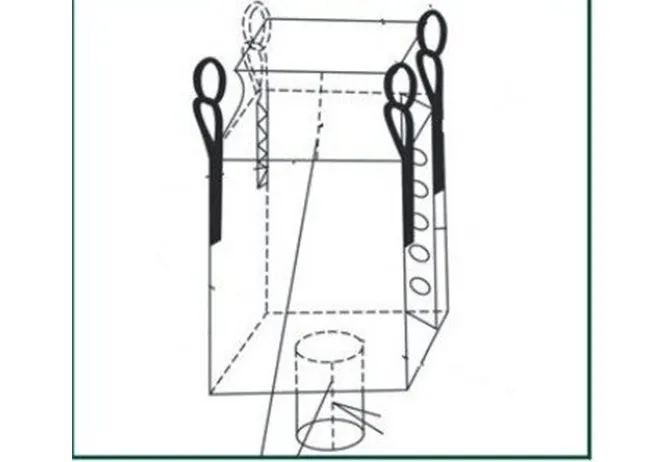Essential Components for Leather Sewing Machines and Their Importance in Crafting
Understanding Leather Sewing Machine Parts A Comprehensive Guide
Leather crafting is an art form that requires not only skill but also the right tools to achieve high-quality results. Among these tools, a leather sewing machine is indispensable for anyone serious about leatherwork. However, to effectively use these machines, one must understand the various parts that make them function. This article will take you through the essential components of a leather sewing machine and their respective functions.
1. Needle The Heart of the Machine
The needle is perhaps the most critical part of any sewing machine. For leather sewing machines, special leather needles are used, which have a distinctive wedge-shaped point designed to penetrate tough materials without causing significant damage. The size of the needle also matters; heavier leather requires larger needles that can accommodate thicker threads and withstand the stress of sewing.
2. Presser Foot Control and Stability
The presser foot holds the leather in place during sewing, ensuring a clean and consistent stitch. Leather presser feet are typically made from steel or heavy-duty plastic and are often designed to feed the leather smoothly, which is crucial for preventing slipping. Some specialized designs, like teflon presser feet, are particularly useful for stitching smooth or sticky leather varieties.
3. Feed Dog Movement Mechanism
The feed dog is responsible for moving the leather fabric under the needle during sewing. In leather sewing machines, the feed dog must be robust enough to handle the thickness of the material while also being able to grip the surface without marking it. Some advanced sewing machines feature adjustable feed dogs that can be raised or lowered, allowing for more control over how much material is fed into the machine.
4. Bobbin and Bobbin Case Thread Management
The bobbin holds the lower thread, while the bobbin case secures it in place. In leather sewing, it's essential to choose the right type of bobbin and ensure it’s filled with a suitable thread, as this affects the overall stitch quality. Most leather sewing machines require a stronger, heavier thread to keep seams durable and strong enough to support the weight and use of the leather item.
leather sewing machine parts

5. Tension Assembly Consistent Stitches
The tension assembly manages the tension of both the upper and lower threads during sewing. Proper tension is critical when working with leather; uneven tension can lead to puckered seams or thread breakage. Many leather sewing machines offer manual tension adjustment while some modern models come equipped with automatic tension control features to help maintain consistent quality.
6. Throat Plate Smooth Operation
The throat plate forms the base of the sewing machine where the needle penetrates as it stitches. It is often marked with measurements for guidance. A well-designed throat plate minimizes the risk of needle breakage and ensures that the leather feeds smoothly. Some throat plates are fitted with a zig-zag stitch opening for versatility, allowing users to perform various stitching techniques.
7. Motor The Machine's Power Source
The motor is the powerhouse of the sewing machine, providing the necessary speed and torque to drive the needle through layers of leather. Leather sewing machines typically have stronger motors, capable of handling the resistance posed by thicker materials. Some machines offer variable speed controls, enabling users to adjust the sewing pace according to their skill level and the intricacy of the project.
8. Guide and Customization Accessories
Many leather sewing machines come with various guiding and customization accessories, such as edge guides, quilting feet, and walking feet. These help in achieving specific sewing outputs, such as straight stitches along the edges of leather items or multi-layered stitching on bags and garments. Understanding how to utilize these accessories can expand the capabilities of your leather sewing machine significantly.
Conclusion
Understanding the parts of a leather sewing machine is essential for both novice and experienced leather crafters. When you know how each component works together, you can make informed choices about maintenance, repairs, and upgrades. Investing time in learning about these parts not only improves your sewing skills but also enhances the overall quality of your leather projects, ensuring that each piece you create is both beautiful and durable. Whether you're crafting bags, belts, or upholstery, knowing how to work with your machine will ultimately elevate your crafting experience.
-
Industrial Cylinder Arm Sewing Machine: Revolutionizing Heavy-Duty SewingNewsJul.28,2025
-
Cylinder Arm Sewing Machine: Perfect for Special Sewing ApplicationsNewsJul.28,2025
-
Cylinder Bed Sewing Machine: Essential for Sewing Complex MaterialsNewsJul.28,2025
-
Heavy Duty Sewing Machine: The Essential Tool for Industrial ApplicationsNewsJul.28,2025
-
Computerized Pattern Sewing Machine: Revolutionizing Precision StitchingNewsJul.28,2025
-
Heavy Duty Industrial Sewing Machine: Power Meets PrecisionNewsJul.28,2025
-
Leather Sewing Machine: The Industrial Standard for Tough MaterialsNewsJul.18,2025





























